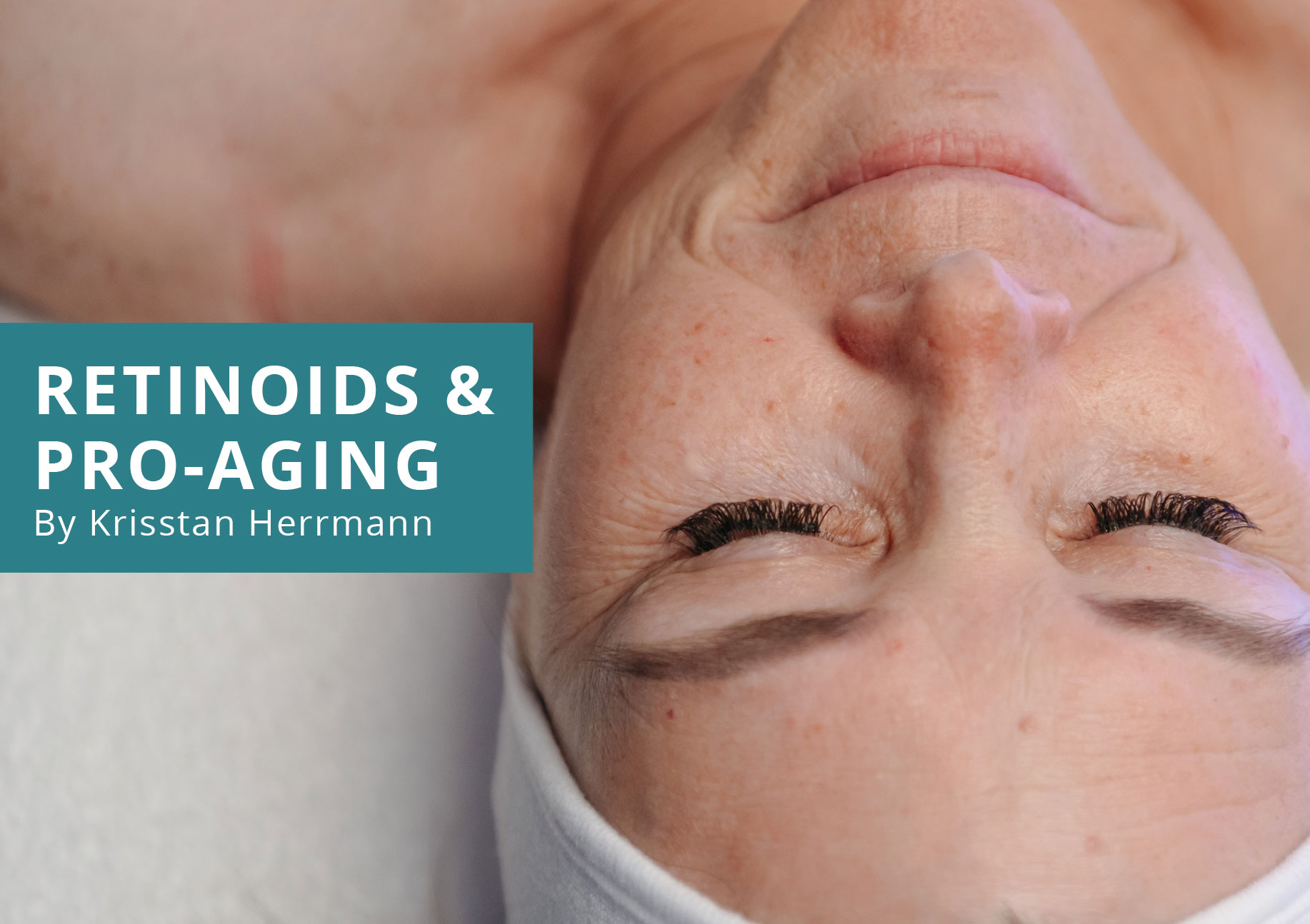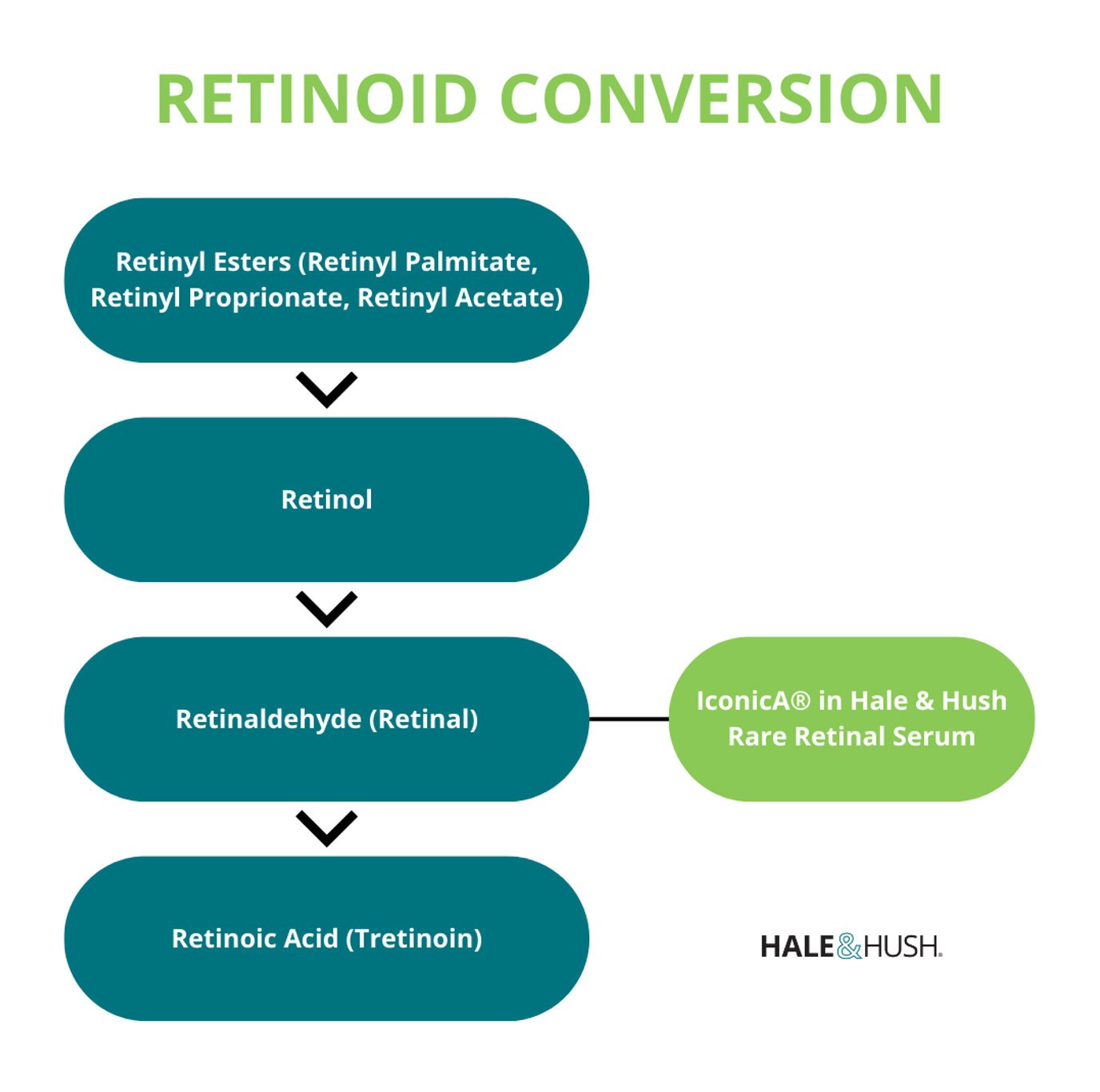
FEBRUARY MONTHLY BLOG
By Krisstan Herrmann
How Does Aging Happen?
Aging is a natural part of being human. As the years go by, our organs undergo a lot of physical changes. Our skin is our largest organ designed to protect us from the outside elements. Skin consists of two layers, the epidermis and dermis. The epidermis is the top layer of skin composed of keratinocytes which are our skin cells that produce keratin. The dermis is the underlying layer which contains collagen, elastin, and other proteins that provide our skin with its structure. Skin is the most exposed organ to environmental stressors, such as UV radiation, physical and chemical injuries, pathogens, and water loss.² Therefore, it undergoes a lot of changes in appearance and function as we get older which also affects our psychological views.
There are two distinct types of aging: intrinsic (chronological aging) and extrinsic (photoaging).² Intrinsic aging occurs due to the normal passing of time while extrinsic aging is due to continuous exposure to UV radiation. Both forms also experience a reduction in collagen production and an increased breakdown of collagen and elastin fibers. This can result in thinning of both the epidermis and dermis, sagging, fragility, delayed wound healing, and cancer susceptibility.
In Come Retinoids – What Do They Do?
Retinoids are the blanket term for natural derivatives of vitamin A (i.e. retinaldehyde, retinoic acid, retinol, retinyl esters).¹ They were discovered during WWI and research has shown a lot of promise in their ability to improve photo and chronological aging. Vitamin A cannot be synthesized by the body but instead we can supply it, although naturally it is present as retinyl esters or beta-carotene in the body. Retinoids are important for a number of processes in our body such as embryogenesis, reproduction, vision, growth, inflammation, differentiation, proliferation, and apoptosis.¹
Topical retinoids have been known through clinical studies to thicken the epidermis and dermis and increase cellular turnover. They also help to promote collagen production and reduce MMP activity. MMP stands for Matrix Metalloproteinases which are enzymes that break down collagen fibers, especially when exposed to UV radiation or inflammation. Thanks to retinoids, this activity is lessened! Retinoids also help to increase blood vessels in the dermis, reduce oxidative stress, and improve gene and cell differentiation. They are also known to improve hyperpigmentation by exfoliating pigmented cells and decreasing tyrosinase activity (tyrosinase is an enzyme that is key in the production of melanin). Retinoids are also being used in combination therapy for skin disorders such as acne and psoriasis due to its increased shedding of dead skin cells.
Retinoid Conversion
Although there are several derivatives of vitamin A, they all convert to retinoic acid within the skin for it to be active and used. The chart below shows a good visual of how many conversions it takes for the different retinoids to convert to retinoic acid. Retinyl esters are typically the least effective forms of vitamin A as they take longer to convert. However, they are more gentle and less irritating. Retinol is the most common form of vitamin A used in over-the-counter skincare; there are some individuals who experience some initial dryness and irritation due to its instability. Retinaldehyde, also known as retinal, is one of the more effective forms as it precursors retinoic acid.¹ It is more controlled and effective while exhibiting less adverse effects compared to the other derivatives. Finally, retinoic acid is the final conversion and active form of vitamin A. It is well-known and available as a prescription medicine called Tretinoin. Although super effective for photoaging, individuals experience erythema, irritation, and dermatitis when using a high strength tretinoin (0.25%). Lower concentrations are recommended although it will take longer to see results. Overall, no matter which form of vitamin A you choose, they will all help to increase collagen production, improve hyperpigmentation, promote cell turnover, and reduce fine lines/wrinkles with consistent usage.

Hale and Hush Rare Retinal Serum Benefits
As pictured in the above conversion chart, our Hale & Hush Rare Retinal Serum contains a patented form of vitamin A which is known as IconicA®. It is a stable form of retinaldehyde offering the highest efficacy with less irritation as it only takes one conversion to become retinoic acid. It is also formulated with antioxidants, anti-inflammatory, and anti-glycation ingredients making it perfect for relieving oxidative stress and improving collagen integrity. In a 4-week study, 90% of women saw significant improvement in radiance/brightness, tactile and visual smoothness, fine lines, photo damage, and overall skin tone. It is recommended to start using our serum 2-3 times a week, then slowly increase to everyday usage or however often the individual’s skin can handle.
Potential Side Effects and Proper Usage
With any skincare product, there is always the risk of adverse reactions/side effects. Retinoids have a known reputation for causing dryness, irritation, and redness, especially when first incorporating it. Depending on the brand you use, the best way to start a retinoid is to start slow while also using hydrating and moisturizing products to support the skin barrier. Most retinoids recommend using it 2-3 times a week, then increasing to every other day, and then eventually every day until the side effects are no longer an issue. In addition, it is recommended to use retinoids during your nighttime routine. Since it can increase cellular turnover and bring more new skin cells to the surface, your skin will be more susceptible to UV damage during the day. Frequent sunscreen use is also important when using retinoids as you want to continue to protect your skin from photodamage breaking down more collagen and elastin (do not let all the retinoid’s hard work go to waste)!
Overall, vitamin A and its many forms have wonderful benefits for our skin. The side effects of aging can finally be combated with retinoid use! More research is currently being done on how to properly deliver retinoids into the skin with less irritation and negative reactions. Retinaldehyde is currently a promising derivative and is being more widely recognized in the esthetics industry. So if you want to fight aging, improve pigmentation, and prevent acne, a retinoid might just be for you!
Citations
¹Mukherjee, Siddharth, et al. “Retinoids in the treatment of Skin aging: An overview of clinical efficacy and safety.” Clinical Interventions in Aging, vol. 1, no. 4, Dec. 2006, pp. 327–348, https://doi.org/10.2147/ciia.2006.1.4.327.
²Quan, Taihao. “Human skin aging and the anti-aging properties of retinol.” Biomolecules, vol. 13, no. 11, 4 Nov. 2023, p. 1614, https://doi.org/10.3390/biom13111614.
³Saurat, Jean Hilaire, et al. “Topical retinaldehyde on human skin: Biologic effects and tolerance.” Journal of Investigative Dermatology, vol. 103, no. 6, Dec. 1994, pp. 770–774, https://doi.org/10.1111/1523-1747.ep12412861.